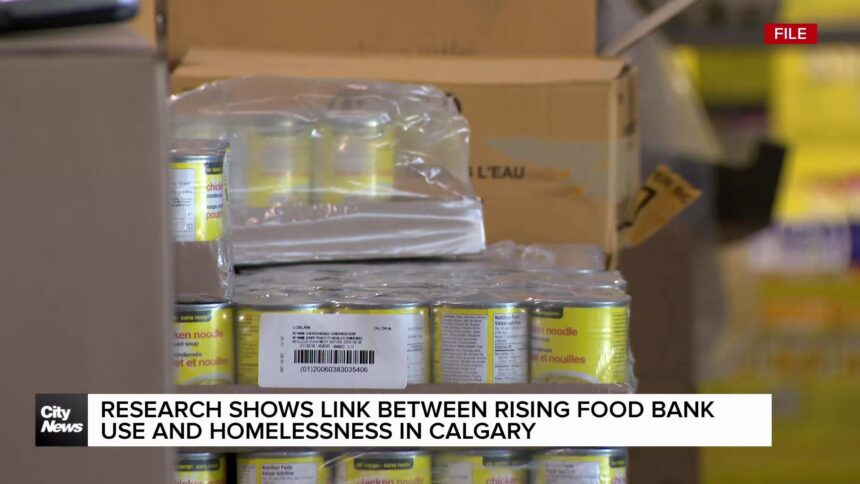In a city known for its prosperity and economic resilience, an alarming connection has emerged between two growing crises. New research from the Calgary Homeless Foundation reveals a troubling correlation between increasing food bank dependency and rising homelessness rates, suggesting a more interconnected social emergency than previously understood.
The comprehensive study, released yesterday, analyzed five years of data across Calgary’s social service network and found that individuals who rely on food banks for more than three consecutive months face a 68% higher risk of experiencing homelessness within the following year compared to the general population.
“What we’re witnessing isn’t simply two separate crises, but rather a dangerous cascade effect,” explains Dr. Meredith Sinclair, lead researcher at the Calgary Homeless Foundation. “Food insecurity often represents the first visible crack in a person’s economic stability, with housing insecurity frequently following when financial resources are continuously stretched.”
The findings show particularly concerning trends among families with children, where food bank usage has increased 34% since 2022. Among these families, nearly one in five reported having to choose between food and housing payments at least once in the past six months, according to CO24 News.
Calgary’s food banks served approximately 270,000 individuals in 2024, representing a 23% increase from pre-pandemic levels. Simultaneously, the city’s homeless population has grown by an estimated 17% during the same period, with emergency shelters reporting consistent overcapacity issues.
City Councillor Jyoti Henderson calls the findings “a wake-up call” for municipal leadership. “We’ve been treating these as separate issues with separate solutions, but this research demonstrates we need comprehensive approaches that address both food and housing security simultaneously,” Henderson told CO24 Canada News.
The research also highlighted economic factors driving this correlation. Calgary’s rental market has seen average costs increase 12% year-over-year, while food inflation, though easing nationally, continues to outpace wage growth in Alberta. This combination creates what researchers term a “resource compression effect” where households must continually sacrifice essential needs.
James Maclean, a 42-year-old former oil worker who experienced this trajectory firsthand, shared his story: “It started with occasional visits to the food bank after being laid off. Within eight months, I couldn’t make rent anymore. The math simply didn’t work, no matter how I budgeted.”
Community organizations are already responding to the findings. The Calgary Food Bank has expanded its housing resource team, while the City Council is reviewing proposals for integrated service centers that would offer both food assistance and housing support under one roof, addressing both crises simultaneously.
As Calgary confronts these interlinked challenges, the question remains: will our approach to solving homelessness fundamentally change now that we understand its profound connection to food insecurity? The answer may determine whether thousands of Calgarians find stability or continue falling through widening cracks in our social safety net.


















